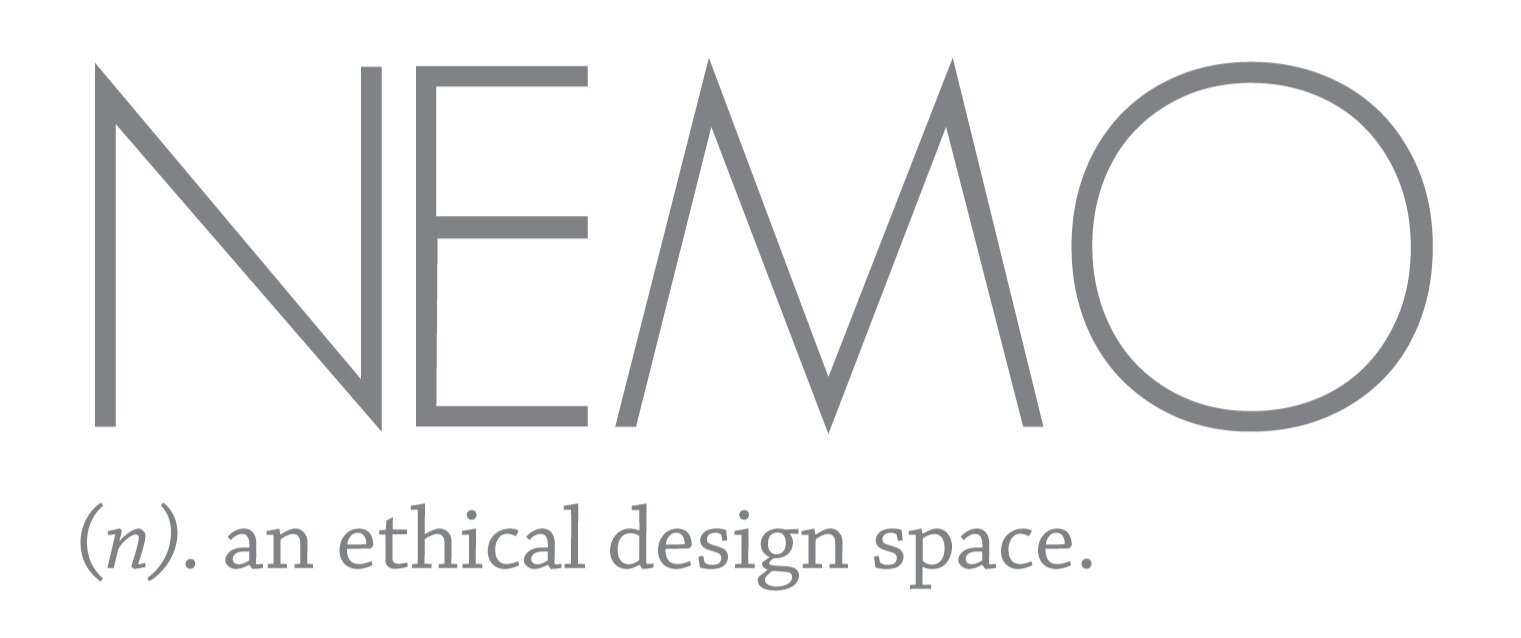The Reality of Alterations: What Every Bride Should Know Before Purchasing a Gown
Let’s pull back the curtain on something that’s mystified many brides (and anyone who’s ever needed a dress resized): alterations.
You’ve seen “$50 hem” ads or been tempted by a secondhand gown that’s way off your size — but here’s the truth: alteration work is real, detailed, and often more involved than it looks.
We’re here to give you a transparent, behind‑the‑scenes guide to what goes on in the sewing room — so you can step into your wedding dress purchase with confidence, not sticker shock.
What Does “Alteration” Even Mean?
When people talk about alterations, it sometimes sounds like “make this smaller or longer.” But a true alteration is much more than that. It’s deconstruction, adjustment, and reconstruction — all while keeping the dress’s shape, structure, and design intact.
Seamstresses often need to open seams, re‑shape panels, re‑move or re‑position linings, and then rebuild everything so the altered parts blend smoothly with existing design lines.
Some dresses are built in a way that resists alteration. Hidden seams, internal boning, structured supports, and delicate overlays can make changes tricky (or sometimes impossible without compromising the dress).
In short: the original construction dictates what can (and can’t) be done.
Why Are Alterations So Expensive?
This is the question many brides dread… but it’s also one of the most important to understand.
Here’s what really drives the cost:
1. Hemming is more than just “Cut & Sew”
Many wedding gowns have multiple layers (e.g. lining, tulle/net, outer fabric). Each layer must be adjusted individually to maintain the correct fall and weight.
Some hems come with horsehair braid or crinoline braid to add structure. These braids usually need to be removed, remeasured, and reattached after alteration.
If there’s lace, beaded edging, or decorative trims at the hem, those pieces must be handled carefully (and possibly retooled or re‑attached) to keep the design consistent.
What often looks like a “simple hem” often hides several steps of precision work.
2. Resizing (Taking in, Letting out, Upsizing / Downsizing)
The amount of seam allowance (extra fabric inside seams) determines how far you can let out or take in a section. Some gowns have generous allowances, but many do not.
Dresses with internal structure (boning, corsetry, interfacing) limit how much the shape can be changed without damaging the design.
Some designs use curved seams or panel constructions that don’t translate easily to straight alterations.
Even the lining, interfacings, and internal support layers must be reworked to match the new shell shape.
Altering width is not just “adding or removing material” — it’s rebalancing an entire three‑dimensional structure.
3. Buttons, Closures & Detail Work
If a dress has buttons down the back and you need to narrow it, the seamstress may need to shift the closure to a side seam or reconfigure button placement — extra labour.
Any decorative embellishments (beading, appliqué, lace, motifs) that cross altered seams must often be removed, repositioned, or re-sewn so the pattern reads naturally.
Matching motifs, reattaching overlays, or blending design with new stitching adds time.
Even a handful of buttons or a delicate lace border can multiply workload.
4. Risk, Expertise & Time
Delicate fabrics (silk, chiffon, lace) require careful handling to avoid snags, distortion, or damage.
More complex work demands slower, more deliberate sewing (often by hand), to maintain shape, tension, and drape.
There is inherent risk — the seamstress is responsible for preserving the gown’s integrity — and that risk is priced in.
You’re paying for experience, judgment, patience, and precision — not just “stitching.”
Real Bride Kirsty wearing her Nemo-altered gown on her Wedding Day.
Why Your Dress Purchase Price Doesn’t Determine Alteration Cost
Here’s a truth many don’t realise: alteration cost is based on the work required, not what you paid for the dress.
A $300 dress and a $3,000 dress might require the exact same amount of alteration labour (or even more for a complex, high-end gown).
Designer dresses often use more complex construction, finer fabrics, or integrated structural elements — these can make alterations harder, not easier.
So don’t expect a “designer discount” on your alteration bill. What matters is what needs to be done
Quoting & Pricing: Why It’s Not Always Clear Upfront
When you bring your dress in, you might expect a fixed price straight away. But in reality:
Most professional seamstresses quote based on time + complexity.
Until seams are opened and internal structure inspected, you can’t fully know what’s beneath — hidden layers, stiff interfacings, unexpected stitching.
It’s a lot like renovating a house: you might see the surface, but until walls are opened, you don’t know the full picture.
That’s why you’ll often receive an initial quote with caveats, and the final cost may be adjusted after the first fitting.
A trustworthy alteration professional will be transparent about where uncertainty lies and offer to revisit the quote once deeper work is exposed. And using the phrase “professionally altered” signals a level of care, quality, and accountability that goes beyond a quick fix.
The Hidden Trap of Buying a Dress Far From Your Size
Many brides try to save money by buying a secondhand gown that’s several sizes off, or just not quite “right”, assuming it’ll be cheaper to alter it to their size. However:
The cost of heavy resizing, reconstruction, or structural fixes can balloon quickly.
Some dresses simply cannot be safely expanded or shrunk beyond certain limits due to internal supports.
Pushing structural limits can compromise the design, drape, or silhouette of the gown.
The result? That “bargain” dress may end up costing more in alterations — and still not be a perfect fit.
But… If you must buy a dress that’s not your size, here’s a little insider tip:
It’s generally easier to alter a dress that’s slightly too large than one that’s slightly too small.
Why this matters:
Reducing (taking in) fabric is simpler and safer than trying to add fabric, which may require matching inserts or rebuilding parts.
When a dress is too small, you may run out of seam allowance or hit structural constraints that prevent safe expansion.
Having even a little extra room gives your seamstress wiggle space to make adjustments more precisely.
Many bridal alteration professionals prefer working with garments that need reduction rather than expansion.
So when your options are “a little too big” or “a little too small,” lean toward the larger — it gives more flexibility in alteration.
How Much Do Alterations Usually Cost?
To give you a rough ballpark (with plenty of caveats):
An average wedding alteration can total around $1000–$4,000 for moderate to complex work.
Basic alterations often land between $500–$900 depending on design complexity.
A simple hem might range from ~$300 to $550 (or more if there are layers, braid, lace)
Taking in the sides (bodice/waist) can often fall between $450 and $1000 depending on fabric, detail, and how much needs to be taken in.
These numbers are a guestimation, but they help illustrate: even “simple” work is rarely trivial.
Tips to Navigate Alterations Smartly
Start with a dress close to your size — less extreme adjustments mean less risk and lower cost.
Ask detailed questions early — request a breakdown of labor, extra charges, and what’s included.
Bring your shoes, undergarments and posture reference to each fitting so the seamstress can calibrate properly.
Prioritize changes — define which alterations matter most, and budget accordingly.
Allow enough time — don’t leave major changes until the last minute. Many seamstresses need weeks (or months).
Choose a professional seamstress (like the team at Nemo) who is experienced in bridal/formal wear — their familiarity with structure, fabrics and risk is invaluable.
Get staged deposits & updated quotes — so you’re not blindsided by surprises late in the process.
Conclusion: Respect the Process, Honour the Craft
We know it can be surprising when the cost of alterations rivals (or even exceeds) what you spent on the dress itself. But when you understand what’s really involved — the time, the skill, the precision — it starts to make a lot more sense.
Here’s the big takeaway: Alterations aren’t an add-on. They’re a transformation. They take a beautiful dress and make it truly yours.
Whether you’re a bride adjusting a dream gown, someone making a secondhand find fit just right, or simply tailoring something special to your shape — you deserve to know what’s involved, and what it’ll take to get there.
So if you’re holding a dress and wondering, “Can this work for me?” — bring it in. Let’s talk through the possibilities, the challenges, and the magic we can make together.
If you’d like help estimating what your dress might require, or want to walk through the possibilities, Trudy and the Nemo team are here. Pop in for a chat, bring your gown, and let’s figure out what it truly needs — together.
Real Bride Tegan wearing her Nemo-altered gown on her Queenstown Wedding Day.





